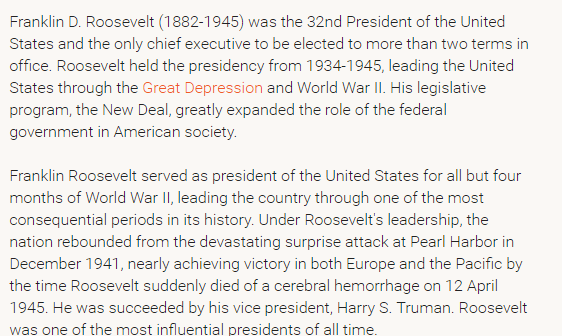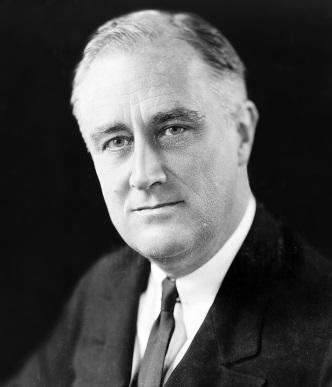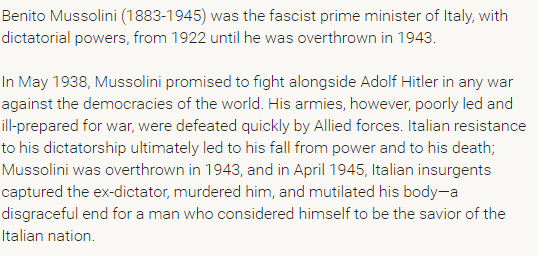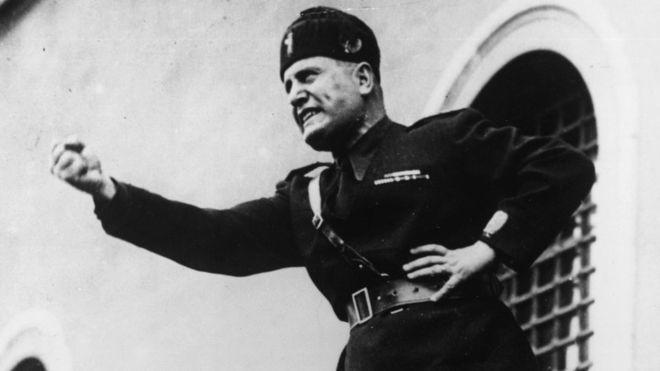Introduction
This lesson is devoted to the topic of World War II and its causes and outcomes, along with economic, historical, and governmental aspects. It is designed as a guide for teachers and students who are called to investigate the peculiarities of WWII. It includes the key concepts, objectives, materials, and the description of the activities that teachers can use to introduce new material to the students in the 11th and 12th grades. This lesson plan is developed to cover five days. A distinctive feature is the low level of required student performance because not all students can read and listen by their actual level. Their average reading level is equivalent to students in the 8th and 9th grades. Therefore, it is necessary to focus on learning and reading skills at the same time.
Key Concepts
World War II, causes of WWII, outcomes of WWII, WWII participants, economy, history, and government
Material
Worksheets developed by a teacher, a presentation with the main aspects of WWII, several textbooks about WWII required for individual reading, a separate vocabulary sheet, and one movie about WWII
Day-by-Day Activities
Day 1: A teacher introduces a presentation that describes the main aspects of WWII, its causes, participants, and outcomes and asks students to share their opinions about the war and its importance. The expected outcome is to develop students’ critical thinking skills and communication abilities. A vocabulary sheet is given to students to study at home.
Day 2: The movie Saving Private Ryan (the first 25 minutes of the movie) is shown to students. The Omaha beach scene has been chosen for analysis as it depicts the cruelty and violence of war as well as soldiers’ inability to cope with the challenge (Saving Private Ryan). A teacher helps to create the required atmosphere needed to comprehend the feelings and emotions people experienced in those moments of the war. Students are welcome to make notes and pose questions. As a part of the homework, students are encouraged to watch the whole movie at home (it is not difficult to find the movie online, and students should not suffer from their reading challenges).
Day 3: The presentation is repeated, and the main aspects of the war are discussed in small groups. It is expected to have three groups, with each group discussing one particular aspect of the war (historical evidence, governmental activities, and economic factors). Students are welcome to choose a topic for an essay to be completed at home.
Day 4: Students are involved in different activities to check their knowledge and understanding of the subject. The first activity of the day includes filling out worksheets on several different topics. In the end, students get their assessed essays back with the identification of the best work done during the course. The student is welcome to read this part of the essay aloud so that other students can listen to the best approach chosen.
Day 5: The last activity of the course is to take a test that consists of 10 multiple-choice questions. Students have to pose the questions in case of any before the test to avoid any possible misunderstandings while taking the test.
Expectations
It is expected that students will develop and improve their reading, critical thinking, and communicative skills. Worksheets help to focus on reading and understanding the material. Watching a movie helps to obtain some visual information about the war. Tests and essays measure the level of knowledge gained during the course.
Common Core Standards
The lesson is based on the Common Core standards developed by the California Department of Education in 2013. Students have to succeed in developing their literacy skills by 30% and their informational skills by 70% (“California Common Core State Standards” 4). Also, several points have to be taken into consideration:
- Students should learn how to integrate multiple sources of information;
- Students are taught how to analyze, in detail, primary and secondary sources;
- Students are expected to read and comprehend history texts of different complexity levels;
- Students should define and write their arguments.
An economic standard: to use readings and identify new economic concepts through historical events.
A governmental standard: to investigate the governmental steps taken during the period of the war.
A historical standard: to explore primary and secondary sources and evaluate them thoroughly.
Worksheets
Worksheets are developed for the lessons. The main theme involves the biographies of famous people during the time of World War II. This task helps students to develop their reading skills and study the topic of the lesson. Students have to read the texts in a classroom and answer the questions soon after they finish reading. A teacher assigns texts according to the alphabetical order of the students’ last names.


Questions:
- Who was Adolf Hitler?
- What were Hitler’s main contributions to Germany?
- What countries did Hitler declare war on?
- How did Hitler die?


Questions:
- Who was Roosevelt?
- What was his connection to WWII?
- What do you know about Pearl Harbor?
- How did Roosevelt die?


Questions:
- Who was Mussolini?
- What was his relationship with Hitler?
- What were the details of Mussolini’s death?
Vocabulary Sheet
This vocabulary sheet is offered to every student. The main feature of this list is the possibility to add the student’s explanations and examples for further use of all terms. All terms could be used to develop the discussions on WWII (Schneider and Schneider 6; Weinberg 2; “World War II History”; “World War II People”):
Test for Students
Questions
1. When did Hitler officially become the dictator of Germany?
- 1890s
- 1940s
- 1930s
- 1920s
2. What was the official day that WWII began?
- 1 September 1939
- 1 September 1941
- 4 December 1941
- 8 May 1945
3. What event was known as the beginning of WWII?
- Pearl Harbor attack
- Invasion of Poland
- The Geneva Convention
- The Munich Conference
4. D-Day was a part of the invasion…
- France
- The USSR
- Italy
- Germany
5. Who was the leader of the USSR during WWII?
- Roosevelt
- Stalin
- Lenin
- Truman
6. The date of the Pearl Harbor attack was…
- 1 September 1944
- 2 September 1941
- 7 December 1941
- 9 December 1942
7. The Axis Powers in WWII were…
- Germany, Poland, Japan
- Germany, the USSR, Italy
- The USSR, the US, Britain
- Germany, Japan, Italy
8. Who won the Battle of Britain?
- Britain
- Germany
- The USSR
- Poland
9. Who decided to drop a bomb on Japan in 1945?
- Truman
- Roosevelt
- Stalin
- Churchill
10. When did WWII end?
- 8 May 1945
- 9 May 1945
- 1 September 1945
- 2 September 1945
Correct Answers
1-C, 2-A, 3-B, 4-D, 5-B, 6-C, 7-D, 8-A, 9-A, 10-D.
Criteria for Students’ Essays
Essays for Students
Students are allowed to choose between two essay topics for an essay to be written at home:
- What were Hitler’s and Roosevelt’s reasons for participation in WWII?
- What were the outcomes of WWII as a global war that touched millions of lives?
Students have to inform a teacher about their choice of the topic before they start writing an essay so that no further changes can be made during the working process.
Works Cited
“California Common Core State Standards.” The California Department of Education, 2013. Web.
Saving Private Ryan. Directed by Steven Spielberg, performances by Tom Hanks, Edward Burns, Matt Damon, and Vin Diesel, Paramount Pictures, 1998.
Schneider, Carl, J, and Dorothy Schneider. World War II. Infobase Publishing, 2014.
Weinberg, Gerhard, L. World War II: A Very Short Introduction. Oxford University Press, 2014.
“World War II History.” History. 2017. Web.
“World War II People.” Shmoop. 2017. Web.